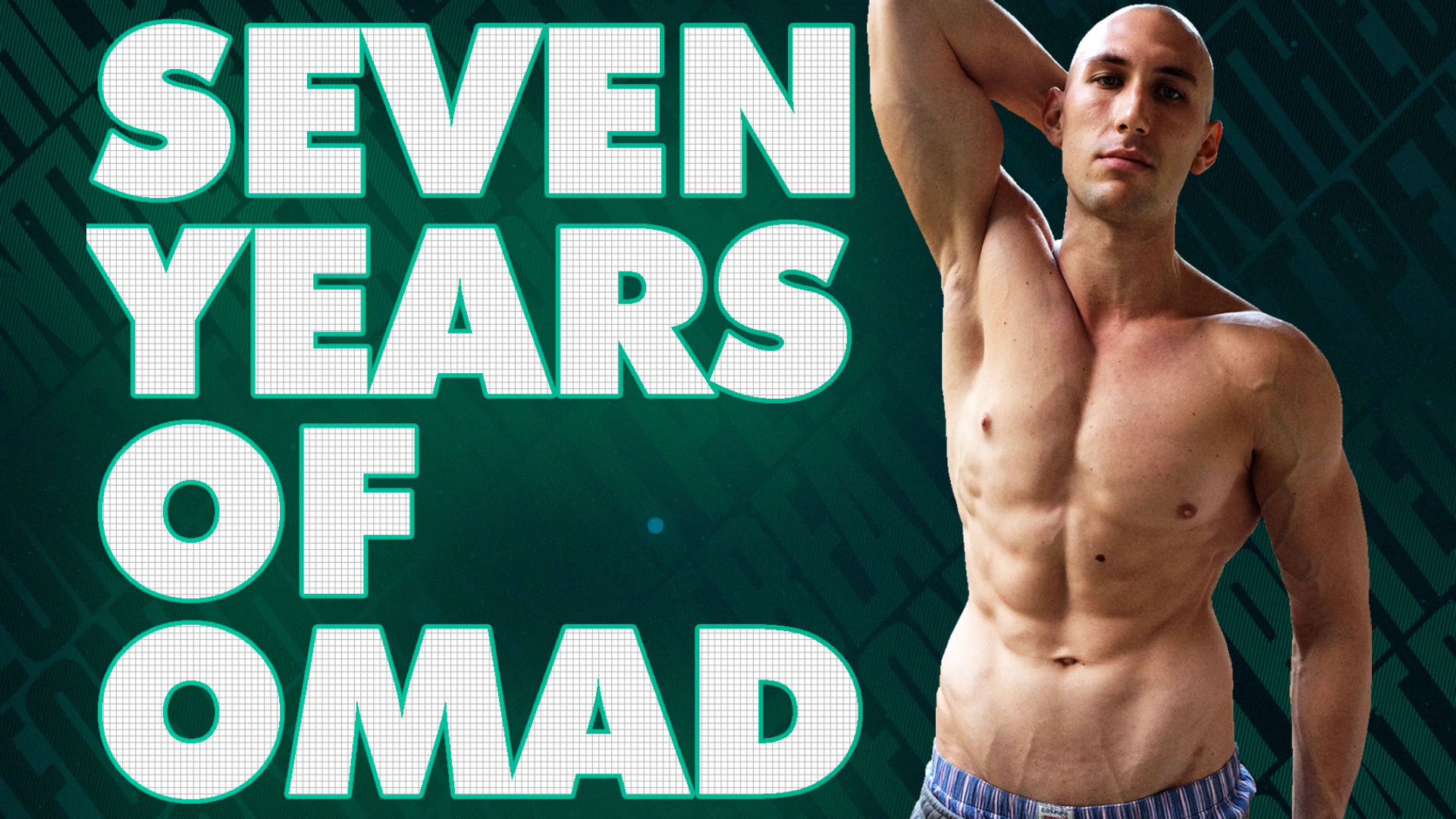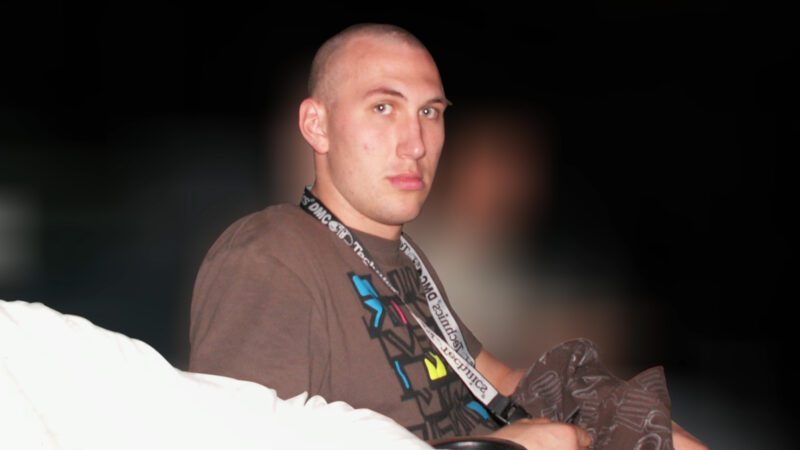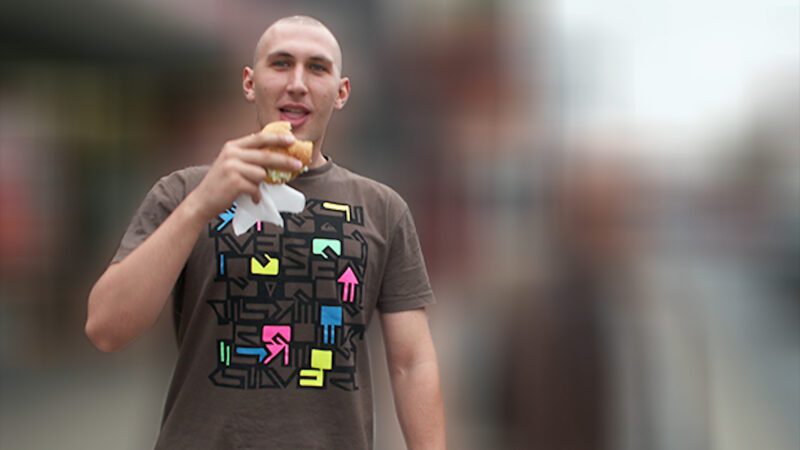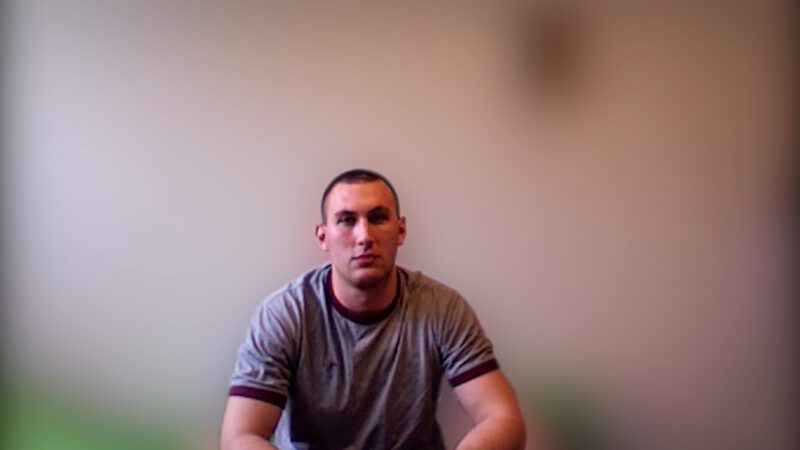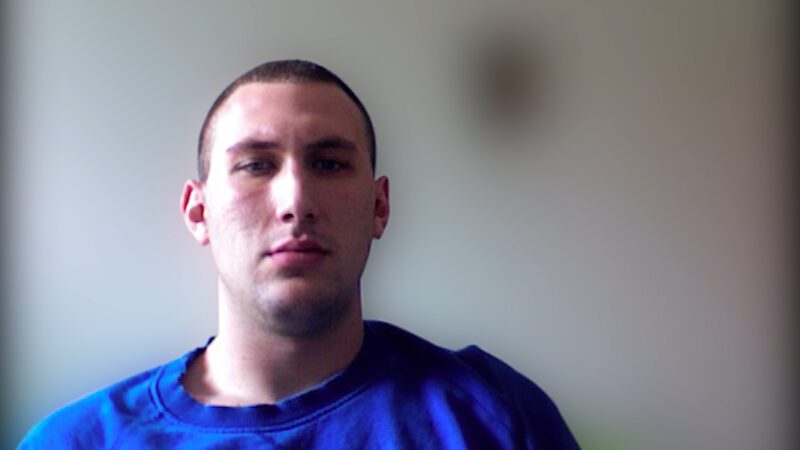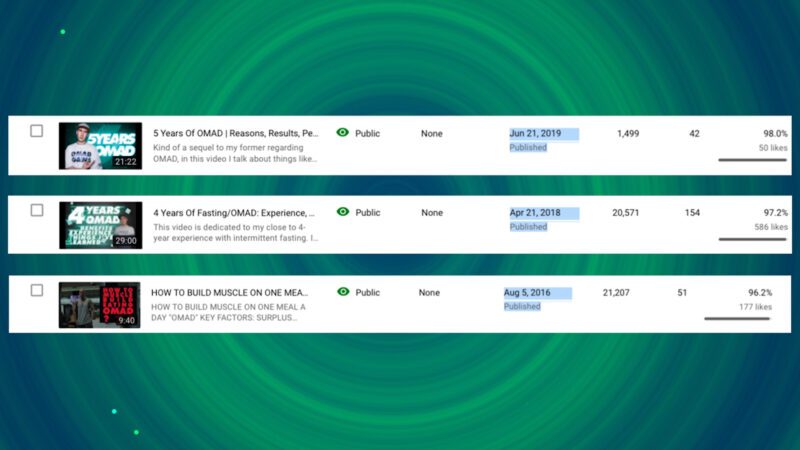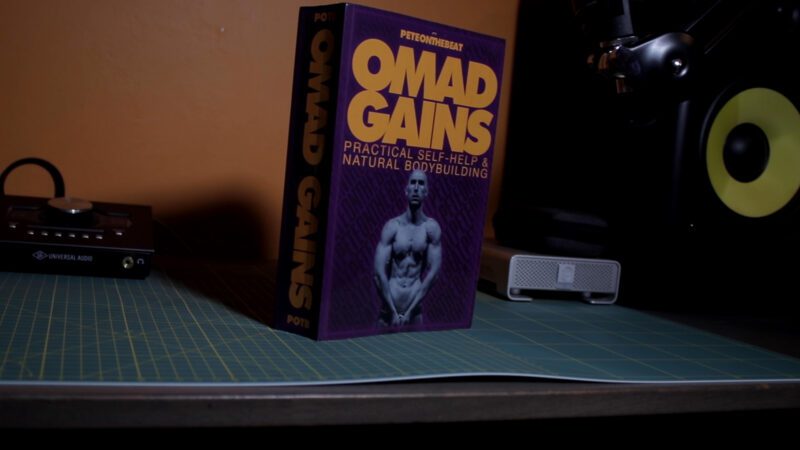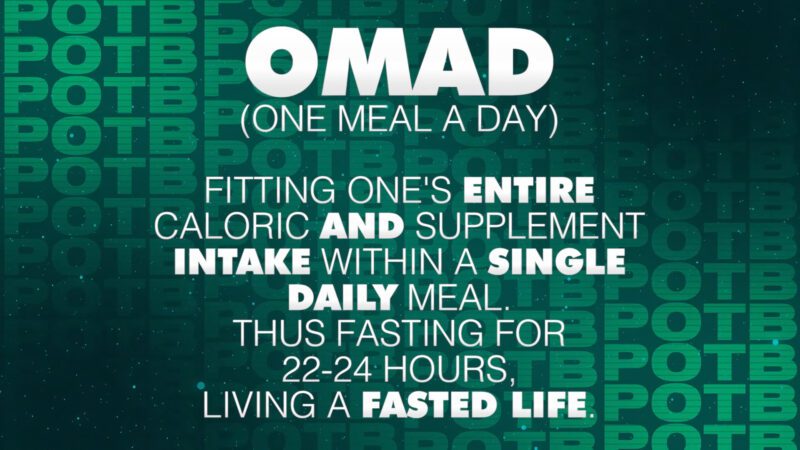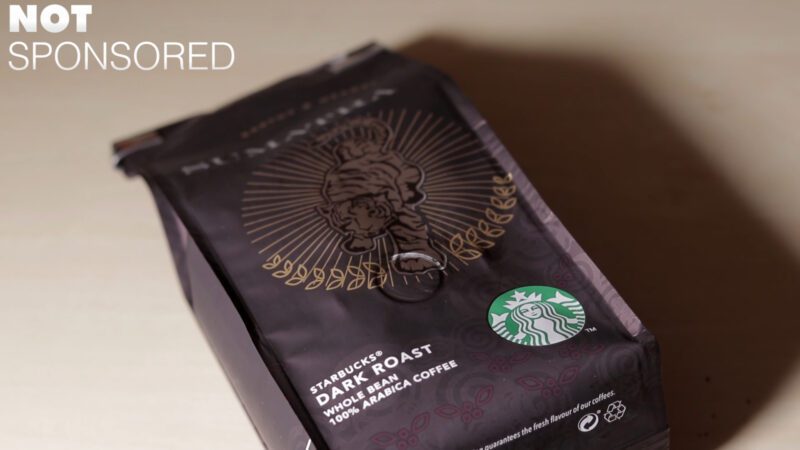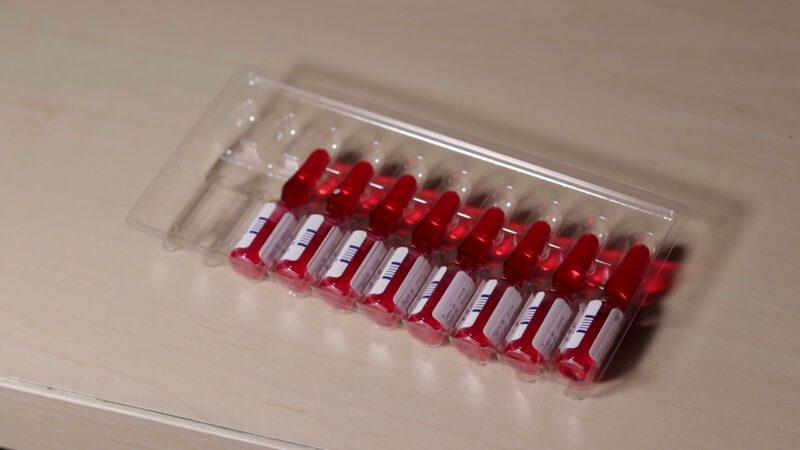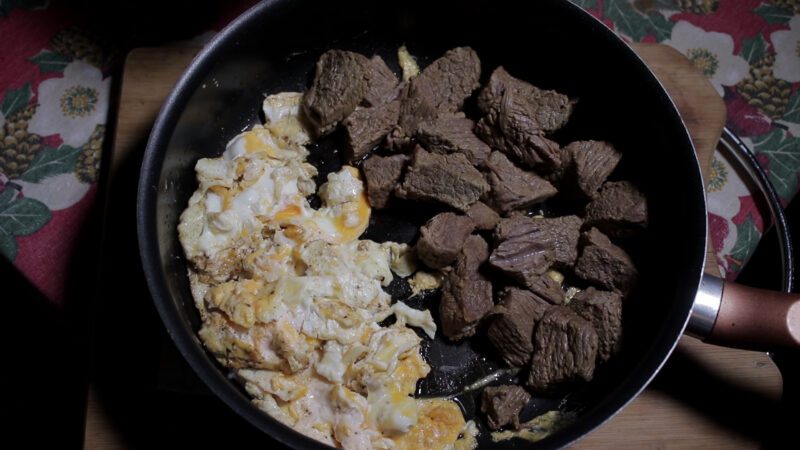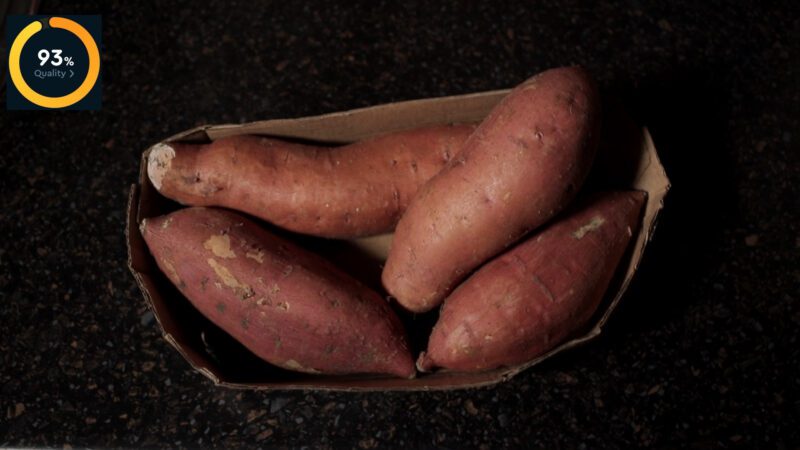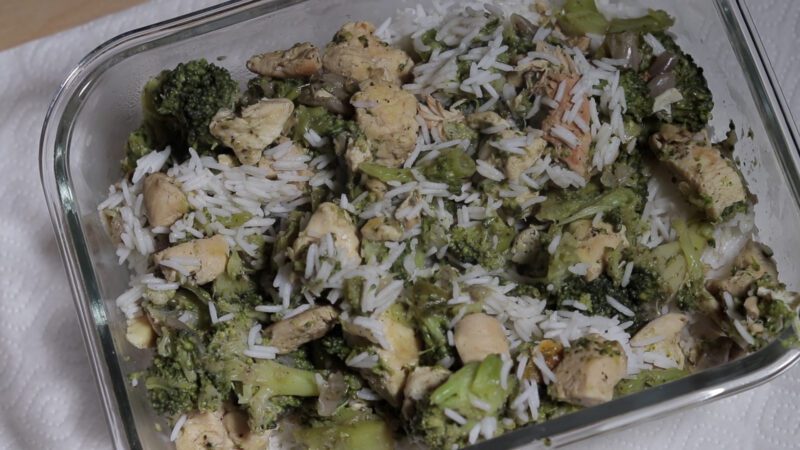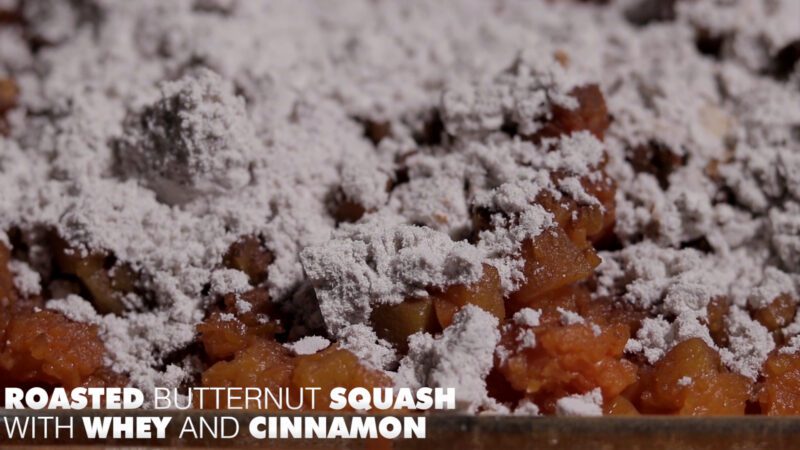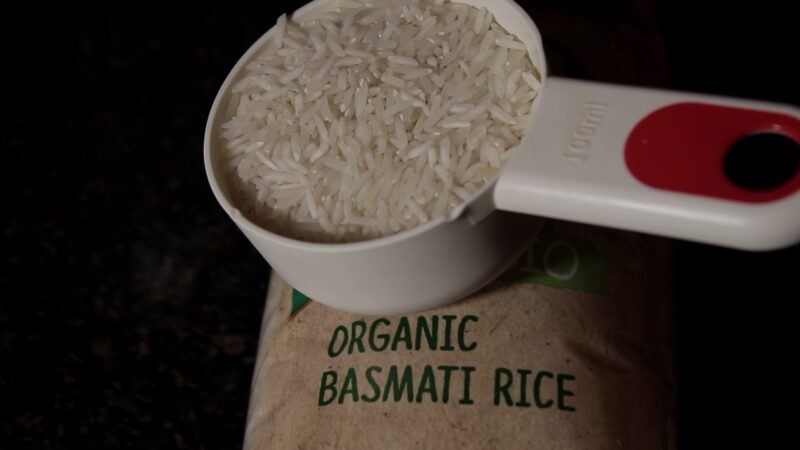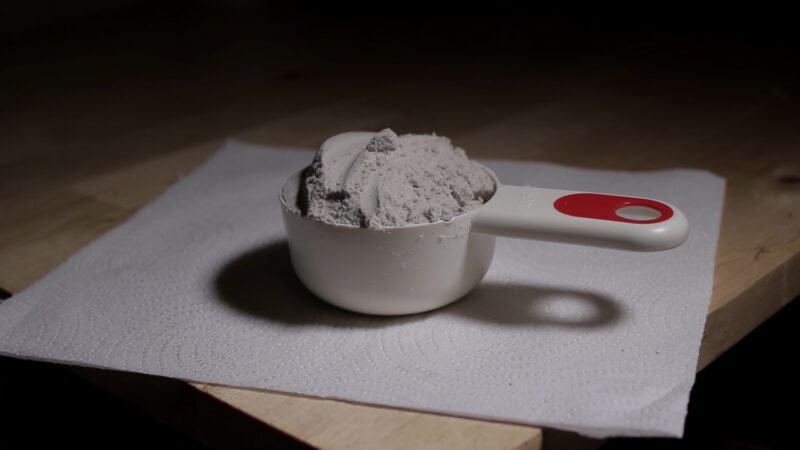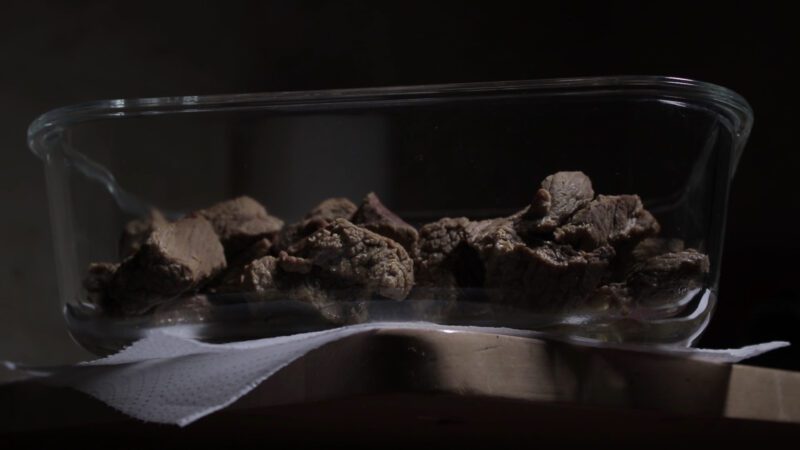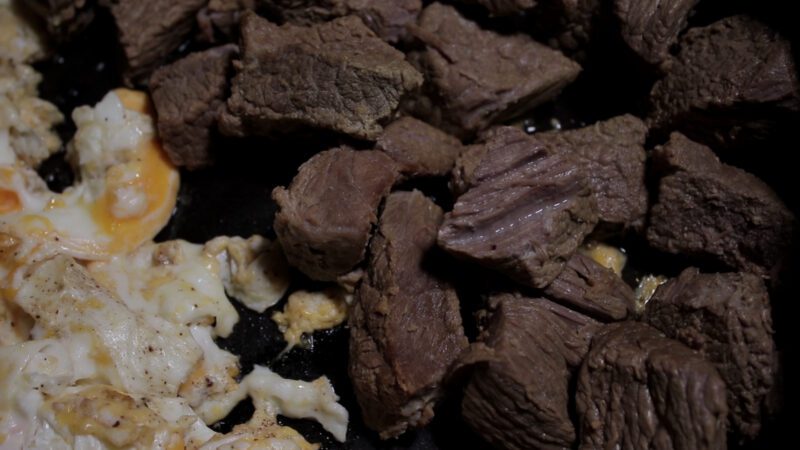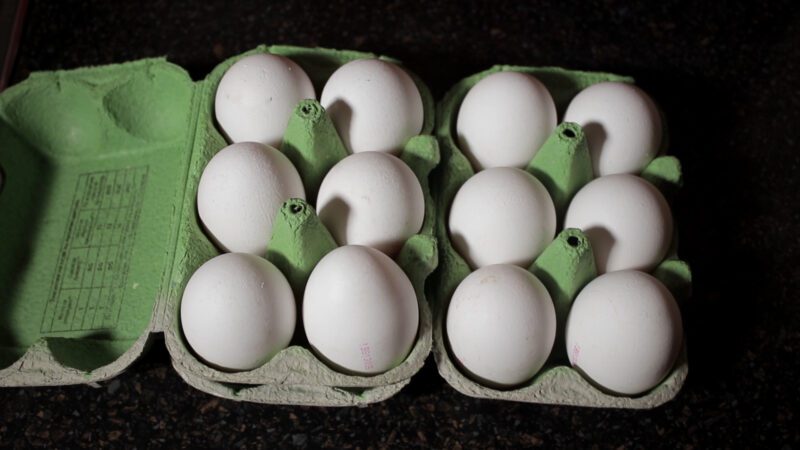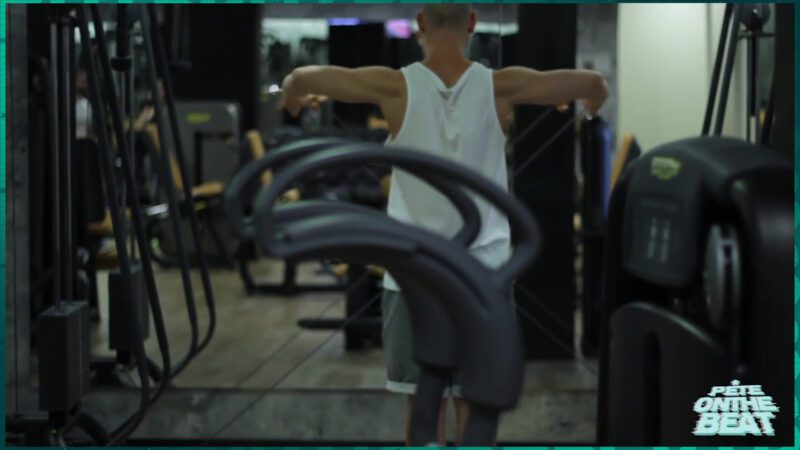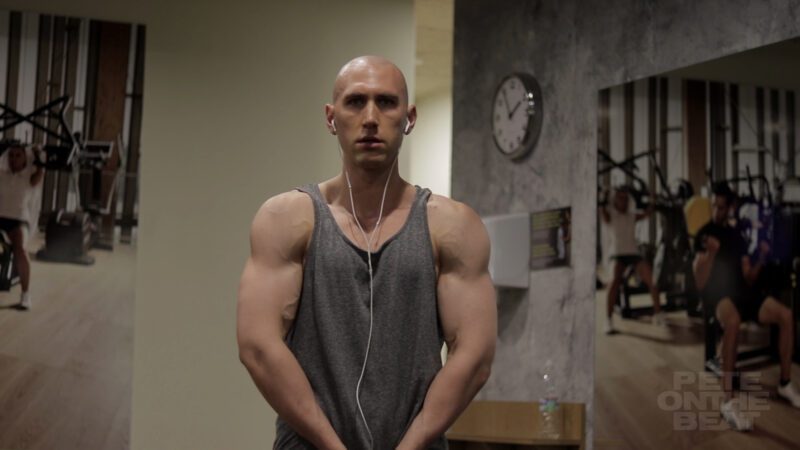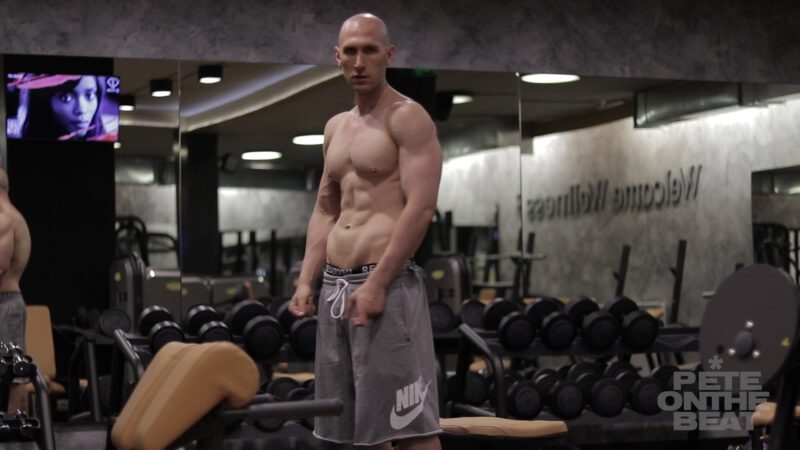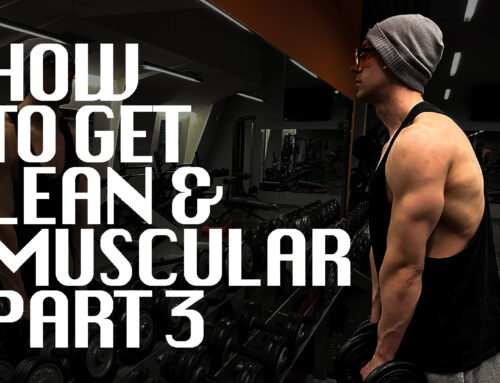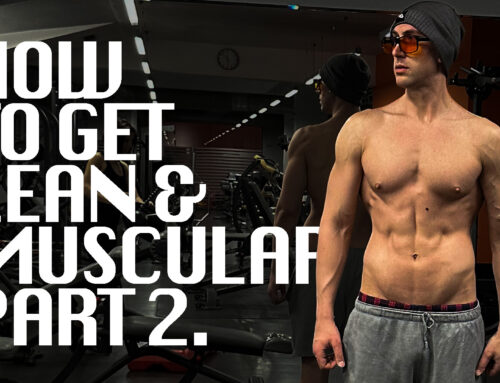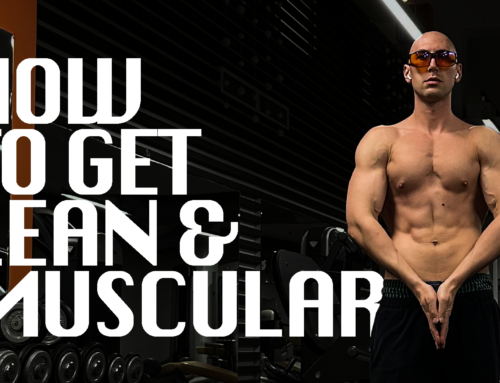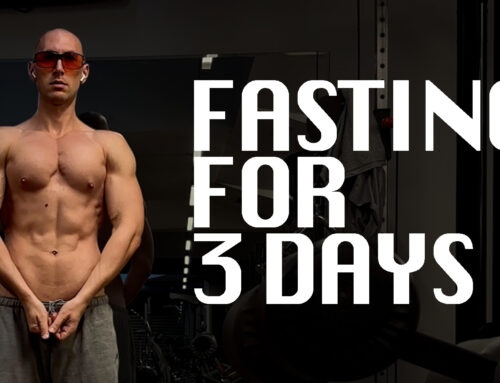Introduction
Despite my passion for it, bodybuilding almost made me quit it back in the day. Fed up with conventional wisdom, I was tired of not getting results while constantly being hungry, although force-feeding myself numerous daily meals.
Continually waiting for the next and craving any sugary junk, I had my mind preoccupied with food virtually 24/7. Besides not making gains and being far from lean, I felt groggy, permanently lacking energy. All my efforts seemed pointless. And the iron lifestyle appeared nothing but unfruitful self-torturing.
Luckily, however, when all my hopes were gone, I stumbled on the wisdom of 2 old-school legends: Vince Gironda and Serge Nubret. The first’s methods allowed me to implement the latter’s tactics. Particularly the OMAD eating pattern. Immensely improving my physique and unveiling bodybuilding much different from that presented by the mainstream, doing so became a pivotal life moment. And though it occurred gradually, it made me never turn back, proceeding for 7+ years.
Furthermore, it ignited my desire to create content sharing my experience with others. Also, to eventually write a book providing detailed explications on utilizing this regimen as a powerful body-recomposition and self-development tool. Called OMAD GAINS, the book is mainly inspired by and dedicated to all people who found that content helpful. Now, it’s on Amazon.
Due to this and some YouTubers attempting to deny OMAD’s miraculous benefits, I decided to update those videos. To be maximally cohesive, this one focuses on the body-recomposition side of things. Starting with my definition of the OMAD plan, it discusses my diet and training. And how that changed/evolved throughout the years. The video of this post includes photos from before and after I started eating like this, like some Broll of my current physique.
Disclaimer
Before jumping into all that, however, I’ll make this disclaimer first. The purpose of this video isn’t to argue with nor to offend anyone. Its aim is to diligently communicate my experience and conclusions based on plenty of research, common sense, and living like this for 7+ years.
A Definition of the OMAD Plan
If you search on the internet, you’ll find that nowadays, people regard various regimens as OMAD. It seems to be one of those come-and-go trends in the biohacking/keto/paleo community. Yet as one of the first who started speaking about its benefits on so many levels, I stick to its original concept.
Namely, fitting my entire caloric and supplement intake within a single meal. Hence not having anything during the fast; anything besides (1) coffee and tea (which nowadays I don’t drink), and (2) B12 shots which are obviously not food.
While not commenting on them, I don’t (really) think differently arranged IF protocols are (exactly) OMAD. Hence IMHO, everything with an extended feeding window (either by supplementation and/or with buttered coffee or tea) moves away from the original concept. It might be close and even help you OMAD-adapt. Yet, it is not the same.
One example is Ori Hoffmekler’s warrior diet. Another is to drink buttered coffee or a shake during the fast and have your meal later. It might be close, but it’s not the same.
So, when mentioning OMAD in all my content, I mean precisely what I described. Nothing more, nothing less. Though it may seem odd, I firmly believe including this clarification becomes increasingly essential the more we move into the future. I prefer to not confuse anyone with titles that do not resonate with my actual content and experience.
Diet
Simple as sounds, I follow a very intuitive way of eating. And this seldom changes. For the most part, that’s purely meats (beef and chicken), eggs, butter, whey isolate, and whole dairy, which used to be sour cream but nowadays is delicious butterfat yogurt. One reason for the latter is that sour cream tends to put me in ketoacidosis.
Occasionally, I swap out the fats for quality veggies and “smart carbs,” aka “safe starches.” I also tend to do this more extensively during the winter. Or if my sleep quality starts suffering. The reason is that carbs stimulate serotonin production and help with sleep.
Whenever doing carbs, I eliminate all fat and dairy, having literally no amounts of those. Indeed, I never ever combine them, even when cooking. Actually, I firmly believe that’s the dumbest thing you can do, despite your eating ways. While the whole mechanism behind that is addressed in my book and deserves a separate video, I’ll only say this: Stacking fats on top of carbs has a compounding effect. It opens the cell way too much, leading to some exponential fat storage.
To get a clear idea, merely think of obese people’s traditional diet. I.e., all the junk products, etc. Besides being loaded with toxins, virtually all of them pack hefty amounts of fats and carbs, triggering insulin to an obscene degree.
Consider why Vince Gironda (who was far ahead of his time) highly advocated taking out all your fats whenever refeeding. One reason is that they get stored along with the carbs, causing inevitable fat gain. Also, consider the standard bodybuilding diets. And how they are high in carbs but deficient in fat.
Nowadays, some people adore promoting soaking up things like white rice in MCTs. To “slow down” the carbs and/or even reduce their amount. However, by trying it first hand, I found this massively decreases my leanness. It also gives me a heavy feel and a rounder face, which I really hate.
Тhis brings me to the first thing that changed. I began incorporating cruciferous veggies whenever doing carbs. I found that, unlike the standard, the frozen version doesn’t give me the numerous side effects addressed in other videos.
Besides having plenty of fiber that suppresses appetite, promotes stable blood sugar, healthy gut, and satiety, cruciferous veggies produce a mighty compound called sulforaphane. This happens when chewing or cutting them.
Sulforaphane boosts brain health, slows down aging, and has extremelly potent anti-cancer properties. Sulforaphane is also regarded as having some nootropic faculties. And it’s very high broccoli sprouts, though the others also contain it. The even better, however, is that freezing these veggies increases the sulforaphane they can produce. And more about that can be found on Dr. Rhonda Pattrick’s website and youtube.
This brings me to one detail I have to note. Despite its fiber and sulforaphane content, Kale is something I definitely stay away from. That’s due to all the chemicals it is sprayed with. To learn more about that and other poisonous foods, I suggest checking EWG’s food lists.
Even though I don’t track anything, I always aim to keep my protein maximally high. And that deserves more attention…
Protein Intake
According to some studies, the body can only synthesize so much protein per meal. Depending on who you ask, that amount is 20 or 30g. Hence it really doesn’t matter whether eating 20 or 200. Everything above goes to waste.
On the contrary, other research has shown that eating more protein always triggers a more positive nitrogen balance and higher protein synthesis. Thus it leads to more muscle building and better recovery in pretty much any case. While you’re free to believe whatever you want, my research and experience directly align with the second.
Let us consider Serge Nubret, the legend from whom I learned about OMAD. If into old-school bodybuilding, you likely know that Nubret’s OMAD contained up to 6 pounds of horse (or other red) meat. As it can be seen, the Black Panther clearly didn’t have issues putting those amounts to excellent use.
Greatly emphasizing protein’s importance for bodybuilders, Nubret had and somewhat advocated an intake many would arguably regard as extreme. 400-600g. Moreover, he was known to (often) point out that only protein can build muscle and give energy.
Obviously, gluconeogenesis is the first to come to mind. However, considering myself a student of his, and based on testing various diets, I interpret this in my own way. Without an abundance of protein, no amount of ketones and/or glucose will build muscle or save you from feeling like crap. And that’s especially true when doing OMAD as a hard-training athlete.
To those afraid of gluconeogenesis, I strongly suggest checking the opinion of the ketogenic researcher Dr. Benjamin Bickman. And how he refers to it as a process just as essential as ketosis.
Besides no recovery and muscle loss, I experienced numerous side effects whenever going low protein. Starting with unbearable soreness and fatigue, that included depression, cold hands, and in some cases, panic attacks.
I’m also noting this regarding two more trends in the mentioned communities. (1) The “protein fast.” Or cutting out protein in favor of fat and fiber. And (2) Decreasing it while using copious amounts of fast-acting MCTs, particularly in your coffee. Experimenting with both gave me all those side effects, plus no performance at the gym. Surprisingly, however, none of that occurs whenever I do my 48 hrs. In fact, then I tend to have more energy.
Based on this, I’d say that lowering protein is just as dumb as stacking fats and carbs. Especially when you’re a devoted gym rat.
Meaning that whenever I eat, it’s not entirely but mainly about protein. A kind of such to be differently sourced and packed with proper amounts of amino acids, especially leucine, which is crucial for activating mTOR and starting muscle building and recovery. A great combo would be grass-finished beef, whole free-range eggs, and a high-end isolate to mix with cinnamon in that butterfat yogurt for a dessert.
While I made virtually all my gains eating like this, I hardly made any when eating small frequent meals in the past. As covered in the older videos… My physique began changing drastically once I adopted the OMAD plan. Mostly common sense and intuition, my explication of this is the following.
Due to being allowed to rest, really drop insulin, activate glucagon, and trigger processes like autophagy, my body also utilizes the nutrients on a whole new level whenever they are ingested; almost like really absorbing them up to its best of ability, because of my high insulin sensitivity and training ways.
Another we can’t skip mentioning in the context of OMAD is that protein is extremelly satiating. In fact, it’s often considered more satiating than fat. According to numerous studies, the primary way protein makes us “full” and satiated is by triggering the release of Peptide YY or Pancreatic Peptide YY, aka PYY.
Two things are crucial to anyone who wants to get in shape and/or into fasting, particularly the OMAD. (1) Higher PYY levels are associated with less hunger, lower food consumption, and healthy body weight. (2) Not enough of it massively correlates with obesity, diabetes, and unbearable hunger.
While to conclude the first, researchers actually injected subjects with PYY, they also discovered that a higher protein intake produces identical results. That’s precisely how I reached my level of adaption. I ate nothing but animal proteins and fats, triggering the production of the 2 satiety signals: PYY and CCK cholecystokinin. So let me move to the training part.
Training
Like the diet, my training is also very straightforward. Done with light weights, it’s based on high volume, prioritization, maximum intensity, and very (very) high frequency. It is also 100% fasted. Hence all my workouts are done on an empty stomach.
In a nutshell, this usually means several things. I’m saying “usually” because I stopped visiting the gym for 2+ years, doing nothing but calisthenics and home training with free weights. Since the reasons for this are explained in another video, I’ll move to the first.
(1) I use the least amount of resistance but a broad spectrum of exercises and pieces of equipment. Even that those are mainly cables, machines, and nowadays bands, I also don’t shy away from multi-joint movements. Or at least, I don’t as long as they don’t make my butt and midsection grow like the off-the-floor deadlift.
(2) I work with high rep sets. Usually, that’s between 15-20. Yet, if planning to do a riskier movement later, I might begin with a few 30 reps sets. The reasons for this are three. (A) To really warm up the whole area and the joints, ensuring everything runs smoothly. (B) to actually establish a strong Mind-Muscle Connection right from the start. And (C) to keep the tension constant for extended periods. Apparently, the more that happens, the more bioavailable nutrients (from my OMAD) get into the muscle.
Preliminarily filling a muscle with blood makes isolating and connecting (to it) mentally much “easier” and even natural. It also makes training exceedingly safer, forcing the usage of less resistance while getting superior pumps.
(3) I spread the volume wisely. The least developed segment of a muscle gets the most stimulation. And then is the next order etc. Meaning that the less developed an area is, the more often, the earlier in the session, and with more volume, I’ll hit it.
Essentially, all that could be summed up by saying this: Dragging the maximum amounts of blood thus nutrients into the target areas while using the “least amounts” of resistance. Or getting the highest quality pumps in the easiest and safest possible manner. It’s what allows me to shape my physique, despite my genetic predispositions, height, and large bones.
Another that happened after my transition to the described eating ways was adopting all this in a double split fashion. Hence, I train twice a day in about 90% of the cases. I also take virtually no rest, supersetting 2 or more exercises. Actually, I kinda strive to do the entire session as some of a giant set. Apart from causing my body to burn more stored energy, this also proved to be extremelly beneficial to my mental health, performance, and overall wellbeing.
Results
Besides making all my gains, this approach greatly improved my overall look. There literally isn’t something on my body that doesn’t look far better. Starting with my physique and skin, this proceeds with not having pimples nor permanently sweating.
It also includes my face, which besides being more symmetrical and appropriately sized, looks far better and more alive than when finishing school. Close to 13 years older, I look and feel much younger without the drugs I relied on back then.
Surprisingly I also no longer get sick as I used to during the winter. The worst I got in that period was a cold a few times, some of which I cured with 48hrs fasts.
The last to note is that despite getting more muscular, I became much lighter. Before implementing all mentioned, I weighed about 230 lbs. Now, I stay in the 200-205 range. And that’s even if eating the mentioned carbs for a month. This baffled me for a while. I mean… According to gurus and magazines, adding weight is absolutely necessary when building muscle.
Truth be told, before adopting all of the described, I avoided getting in front of a camera in any shape or form. If I want to get leaner (and by this, I don’t mean merely having abs) but veins on my inner thighs, I do a two-day fast every 7-10 days and slightly arrange my training. I firmly believe this is the easiest way to stay in shape and genuinely enjoy: bodybuilding, life, and food. Especially if you combine OMAD with NoFap as I’ve done for the same period.
All and all, the described version of OMAD improved my entire life on so many levels. And my health and physique are only 2 of them…
Do I think it works for bodybuilding and improving health? Yes! I most definitely do! As long as you take your time to really customize it accordingly, building your own whole lifestyle. And that is precisely what two-thirds of my book are about…
Thank You For Your Time!
- An Autobiography of Trauma Book Review - April 23, 2024
- Reflections on Being a Polymath - April 12, 2024
- Greater Hexagram Ritual Manual Overview - March 31, 2024
